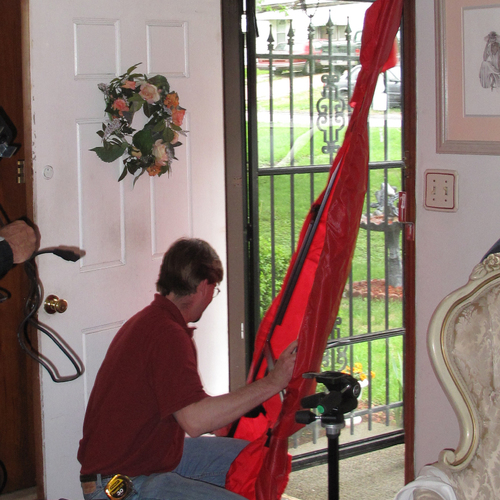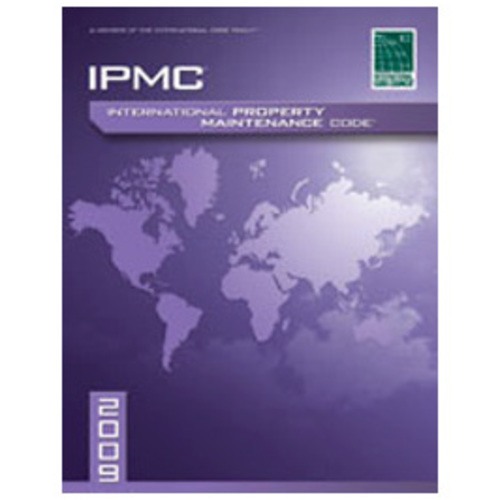
Image Credit: International Code Council
The International Residential Code (IRC) is a stand-alone codebook for new one- and two-family homes, regulating architecture, structure, energy efficiency, plumbing, mechanics, fuel gas, and electrical safety. For the production homebuilder, this is the Bible. While the IRC is dedicated to safety, it weighs in on health and sanitation in a variety of ways. For example, the IRC establishes light, ventilation, and heating standards and minimal sanitation rules, including toilet room and kitchen requirements.
Ventilation
- Ventilation of habitable rooms can be accomplished with operable windows or mechanical ventilation.
- Separation of attached garages from living space reduces the risk of vehicle exhaust entering the home.
- Carbon monoxide detectors are required in some situations.
- Range hoods are now required for kitchen cooking equipment.
Moisture
- Capillary breaks between foundations and mud sills slow water movement.
- Pressure-treated mud sills protect against structural decay.
- Termite management in appropriate areas also protects structure.
- Flood-resistant construction standards mitigate damage caused by most non-severe floods.
Building science principles have led to alternative weather-protection barriers that keep exterior walls dry. Foam plastic made with volatile organic compounds (VOCs) is regulated with a thermal barrier or appropriate use.
Energy conservation
- A new requirement establishes a blower door test to ensure the tightness of the construction, thus decreasing infiltration of particulate matter from the atmosphere.
- In addition, ducts in unconditioned attics or crawl spaces are now required to be tested for tightness.
- Combustion air requirements that normally are satisfied by outdoor air can use some indoor air, thus reducing penetrations in the environmental envelope.
- Exhaust ducts are required for gas-producing equipment and clothes dryers; again, to improve the indoor air quality.
Sanitation and water quality
- Water quality is regulated by preventing cross connections.
- Unsanitary conditions caused by sewerage are controlled in a variety of ways, including proper drain, waste, and vent pipe materials and installation.
- Water heaters must have pans for water leaks.
Mitigation and control of radon is covered in Appendix F.
These and many similar provisions help control the health and sanitation for residents of new one and two family homes. When a home is built, it must maintain these same mitigating components over time. Home maintenance is essential to a safe, sanitary home.
That maintenance falls to the next discussion; _Property Maintenance._
Weekly Newsletter
Get building science and energy efficiency advice, plus special offers, in your inbox.














0 Comments
Log in or create an account to post a comment.
Sign up Log in